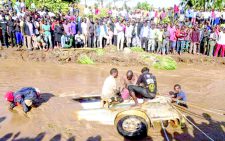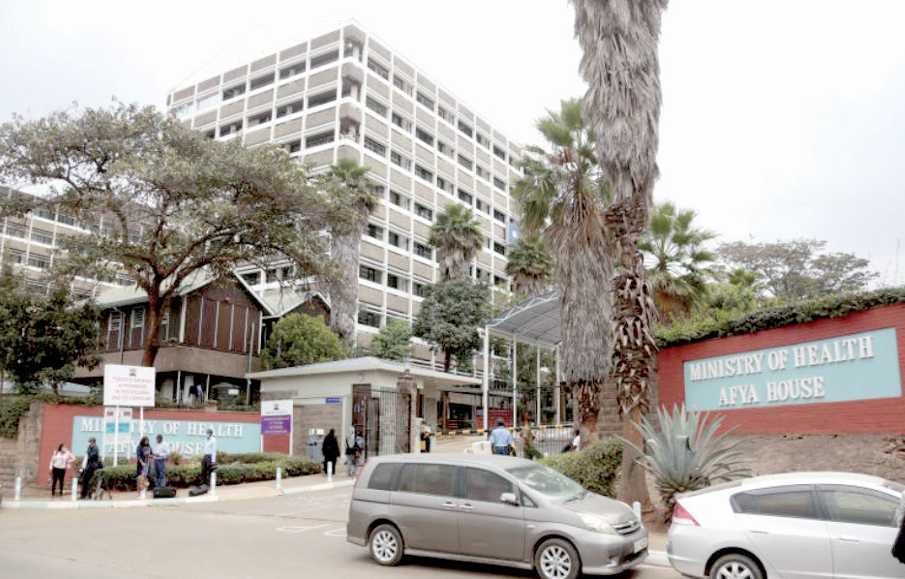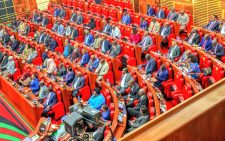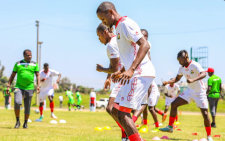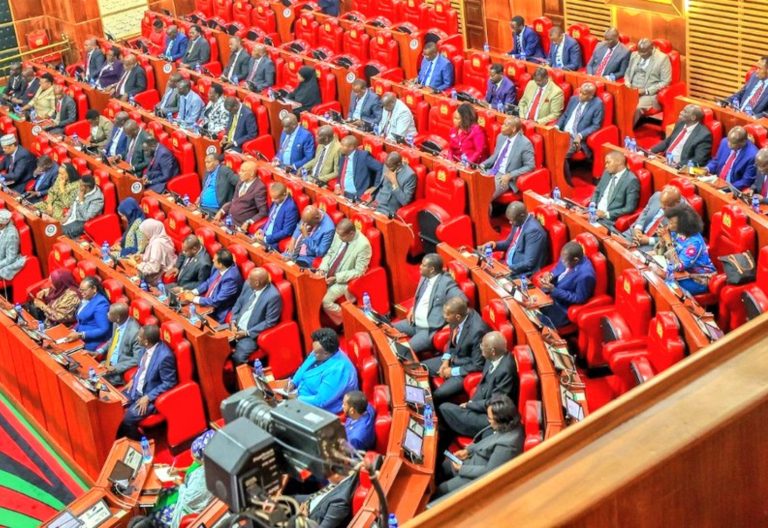Idleness in teens is dangerous, says WHO study
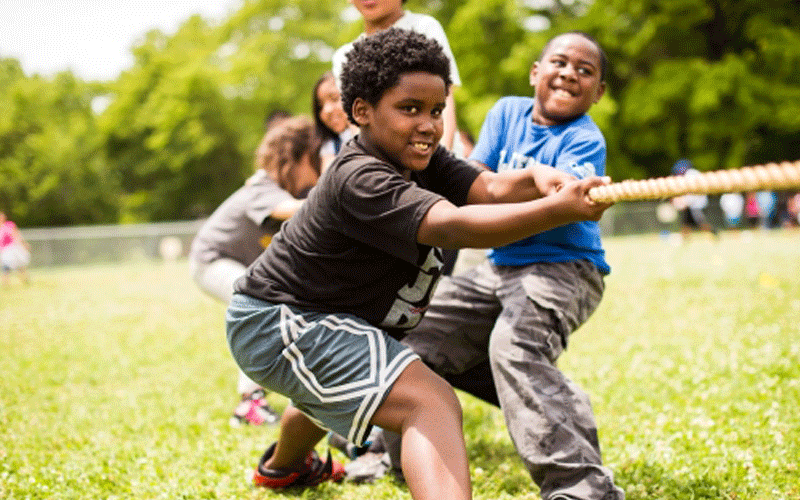
With the long school closure, primary and secondary school students are finding themselves idle -with too much time and little to do.
Continuous long periods of idleness and hours spent online by adolescents is dangerous, according to the World Health Organisation (WHO).
Children living in flats and other crowded spaces are more vulnerable to these effects as playing spaces are used up in real estate development.
For instance, as the housing sector continues to expand in Kitengela and other urban centres in the country, 12-year-old Joan Mumbi and other school going children are finding themselves surrounded by concrete jungles –where playgrounds have been grabbed as well as other open public spaces.
“School time is really fine. We have a playground to stretch and play with our friends. Football and other games provide a form of relaxation.
At home, one has to spend all their time in front of television as there are no more spaces in the estate”, narrates, Mumbi, the Class Seven pupil at a local primary school.
Recent research by the WHO shed lights to the diminishing fortunes of young kids especially those residing in urban areas across the world.
“There is need to increase physical activity in girls and boys aged 11 to 17 years,” noted the WHO study published in The Lancet Child & Adolescent Health journal.
According to the study, more than 80 per cent of school going adolescents globally did not meet current recommendations of at least one hour of physical activity per day – including 85 per cent of girls and 78 per cent of boys.
The study, based on data on 1.6 million 11 to 17-year-old students, finds that across all 146 countries studied between 2001 and 2016, girls were less active than boys in all but four nations of Tonga, Samoa, Afghanistan and Zambia.
The matter of inactivity is compounded by decreasing spaces even in schools especially in urban areas.
“As much as we would want our kids to exercise more and play games with their classmates, our school compound is less than an acre of land- where offices, classes and other infrastructure have taken most of the space.
Kids have to do simple exercises inside their classes during the physical education classes”, says Grace Kwamboka, a teacher in a private primary school in Kitengela.
Recent research has also shown that physical activity has a positive impact on cognitive development and socialising.
Current evidence suggests that many of these benefits continue into adulthood.
WHO experts warn that levels of insufficient physical activity in adolescents continue to be extremely high, compromising their current and future health.
“Urgent policy action to increase physical activity is needed now, particularly to promote and retain girls’ participation in physical activity,” says study author Dr Regina Guthold, WHO.
